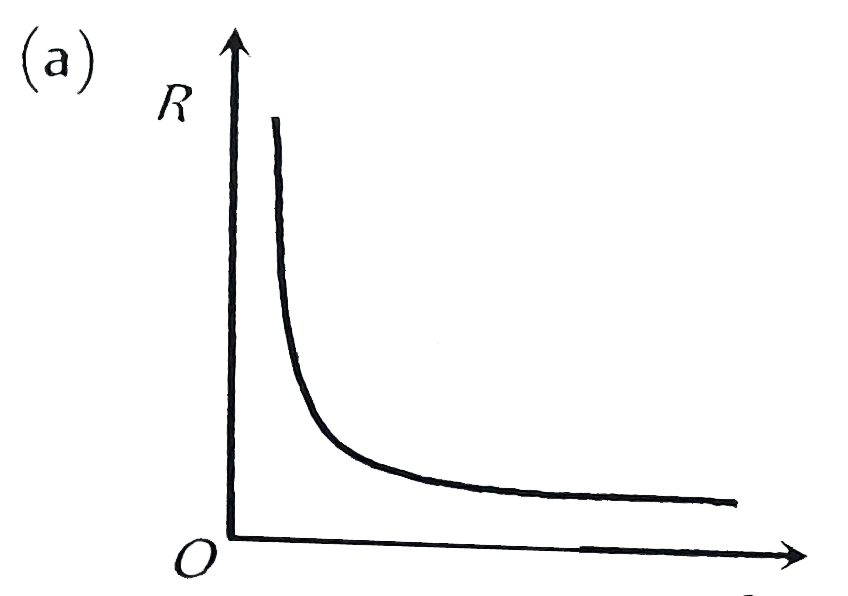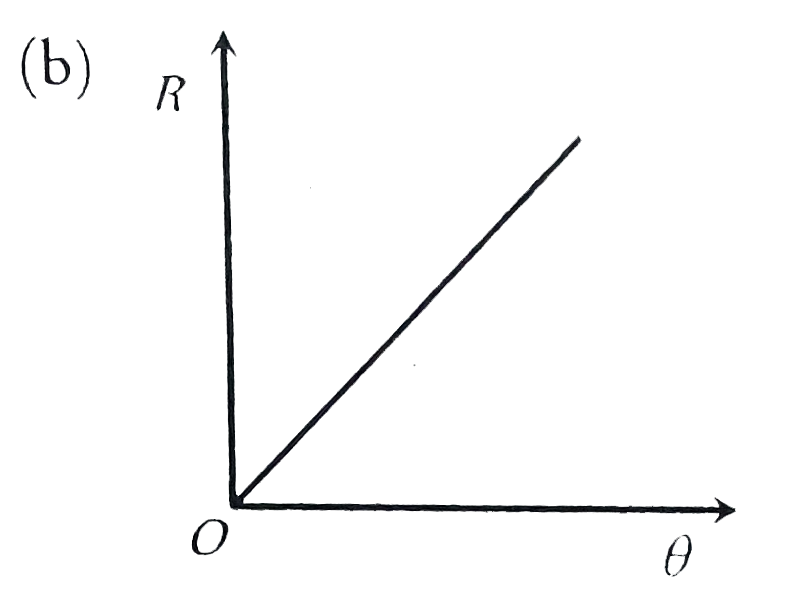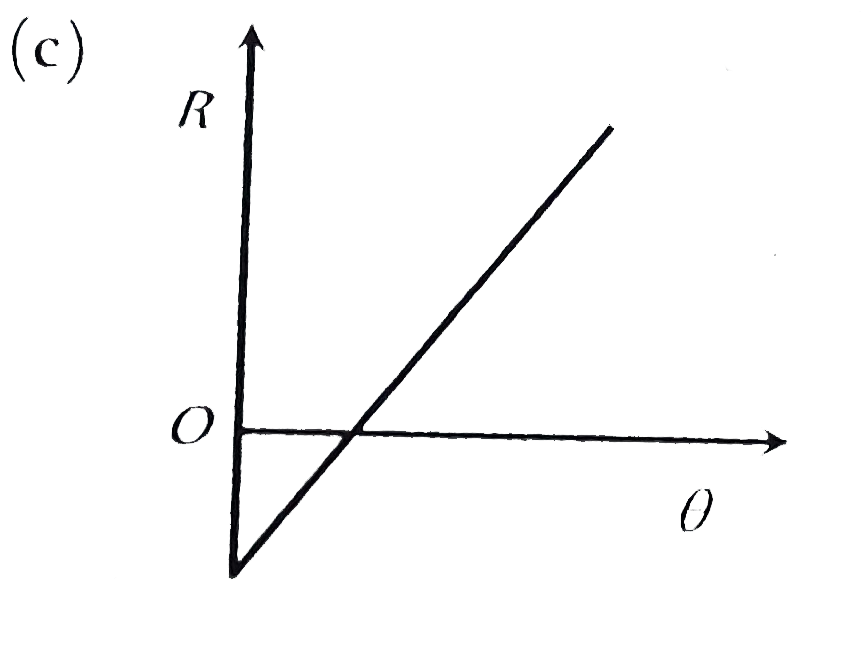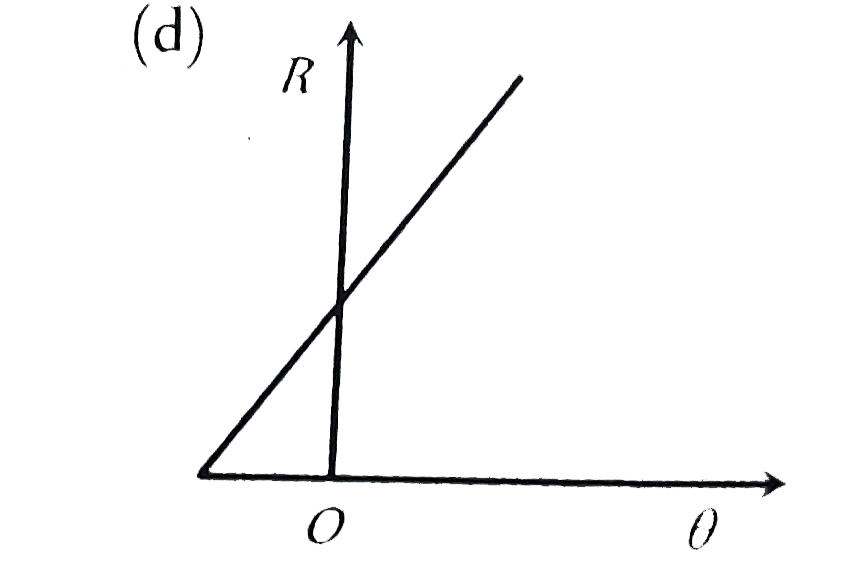A small sphere falls from rest in a viscous liquid. Due to friction, heat is prodced. Find the relation between the rate of production of heat and the radius of the sphere at terminal velocity.
Viscous force on a falling sphere in a liquid F=πηvT
where vT=(2.9)r2(ρ−σ)g.η is terminal velocity ρ= density of sphere σ=density of liquid
Rate of production of heat =(=power)=FvT=6πηrv21
=6πηr[29r2(ρ−σ)gη]2=827πg2(ρ−σ)2ηr5
clearly
dQdt∝r5
Topper's Solved these Questions
- PROPERTIES OF SOLIDS AND FLUIDSBOOK - CENGAGE PHYSICSCHAPTER - PROPERTIES OF SOLIDS AND FLUIDSEXERCISE - Solved Examples
11 Videos
- PROPERTIES OF SOLIDS AND FLUIDSBOOK - CENGAGE PHYSICSCHAPTER - PROPERTIES OF SOLIDS AND FLUIDSEXERCISE - Exercise 5.1
12 Videos
- NEWTON'S LAWS OF MOTION 2BOOK - CENGAGE PHYSICSCHAPTER - NEWTON'S LAWS OF MOTION 2EXERCISE - Integer type
1 Video
- RIGID BODY DYNAMICS 1BOOK - CENGAGE PHYSICSCHAPTER - RIGID BODY DYNAMICS 1EXERCISE - Integer
11 Videos
Similar Questions
A small sphere falls from rest in a viscous liquid. Due to frication, heat is produced. Find the relation between the rate of production of heat and the radius of the sphere at terminal velocity.
View SolutionA small sphere falls from rest in a viscous liquid. Due to friction, heat is produced. Find the relation between the rate of produced heat and the radius of the sphere at terminal velocity.
View Solution
Knowledge Check
A small sphere falls from rest in a viscous liquid. Due to frication, heat is produced. Find the relation between the rate of production of heat and the radius of the sphere at terminal velocity.
Ar3Br2Cr3Dr4When a sphere falling in a viscous fluid attains a terminal velocity, then
Athe net force acting on the sphere is zeroBthe drag force balances the buoyant forceCthe drag force balances the weight of the sphereDthe buoyant force balances the weight and drag forceFor a small temperature difference between the body and the surroundings the relation between the rate of loss heat R and the temperature of the body is depicted by
A B
B C
C D
D
A small spherical body of radius r is falling under gravity in a viscous medium. Due to friction the meduim gets heated. How does the rate of heating depends on radius of body when it attains terminal velocity?
View SolutionHeat is produced due to viscous forces when a small sphere of radius r falls from rest in a viscous liquid. When the sphere has reached its terminal velocity, the rate of heat production is proportional to rn, where n = _____.
View SolutionA small spherical ball falling under gravity in a viscous medium heat the medium due to viscous drage force. The rate of heating is proportional to rn. (r= radius of the sphere find )n.
View SolutionFor a small temperature difference between the body and the surroundings, the relation between the rate of heat loss R and the temperature of the body is depicted by
View SolutionA solid metallic sphere of radius r is allowed to fall freely through air. If the frictional resistance due to air is proportional to the cross-sectional area and to the square of the velocity, then the terminal velocity of the sphere is proportional to which of the following ?
View Solution